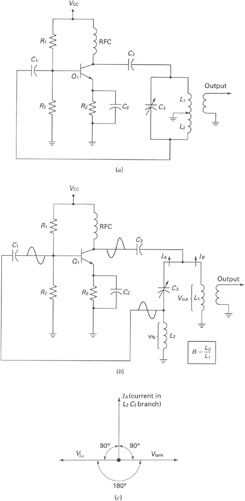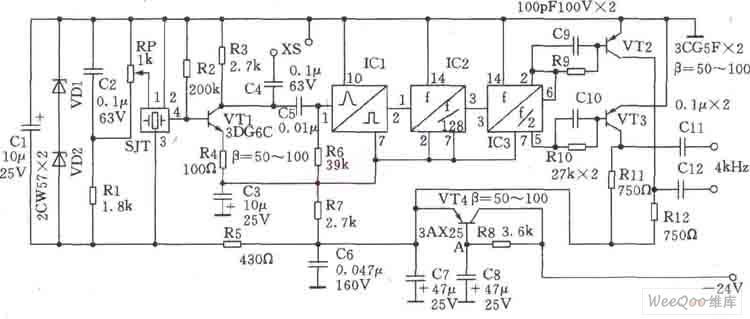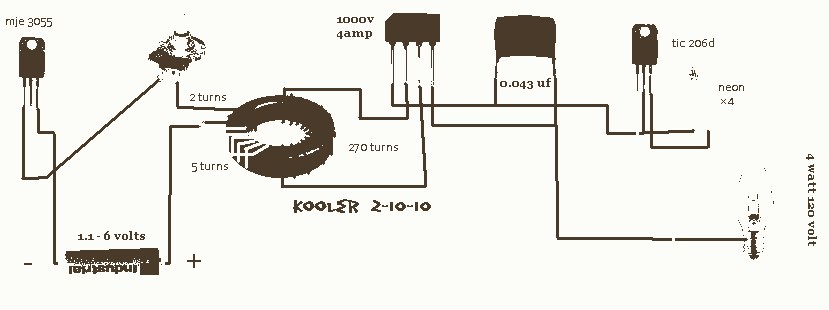
555 light tester circuit diagram

The circuit utilizes photoelectric sensors and a 555 timer to respond to music prompts. The illumination sensor components consist of photovoltaic cells (2CR33). When the light level drops below the optimal learning illumination of 100 lux, the 2CR33 exhibits high resistance, causing VT1 to turn off. As a result, the 555 timer enters a reset state, resulting in a low signal at pin 3. Consequently, the music integrated circuit (IC2, 9300) generates sound output. During testing, a 15W light bulb was used to provide light from a distance of 0.3m, achieving an illumination level of approximately 100 lux. Adjusting RP1 allows for fine-tuning of the threshold at which the 9300 IC will activate, with slight movements away from the light source triggering sound.
The described circuit employs a combination of photoelectric sensors and a 555 timer integrated circuit to achieve sound activation based on ambient light levels. The primary sensor, a photovoltaic cell (2CR33), serves as a light-dependent resistor, altering its resistance based on the intensity of light it receives. Under conditions of illumination below 100 lux, which is deemed optimal for learning environments, the resistance of the 2CR33 increases significantly. This increase leads to the turn-off of transistor VT1, which in turn causes the 555 timer to enter a reset state.
In this reset state, the output at pin 3 of the 555 timer drops to a low level. The low output effectively prevents the music IC (9300) from generating sound. The design allows for a responsive mechanism where the 9300 IC is only activated when sufficient light is present. The testing procedure involved the use of a 15W bulb positioned at a distance of 0.3 meters, which successfully produced an illumination level of about 100 lux.
To achieve the desired sensitivity, a variable resistor (RP1) is incorporated into the circuit. This component allows for the adjustment of the threshold level, enabling the user to calibrate the circuit to activate the sound output at varying light levels. By carefully tuning RP1, the circuit can be set to a point where the music IC remains silent until the light intensity surpasses the 100 lux threshold, at which point the sound is triggered. This adaptability makes the circuit suitable for various applications, including educational tools and interactive installations where sound feedback is required in response to lighting conditions. As shown constituting the photoelectric conversion by the photoelectric sensors and switches 555, etc., issued by a music song to prompt IC2. Illuminance sensor parts are made of photovoltaic cells 2CR33. When light is lower than the most suitable for learning 100 lux illumination, 2CR33 was high resistance, VT1 off nearly 555 was 2 feet high (greater than 1/3Vdd 2V), 555 in the reset state, 3 feet was low, music IC2 (9300) issued by the sound of music was electric. When debugging, the 15W light bulb for the light from the lamp 0.3m battery in place, its illumination of about 100 lux.
Adjust RP1, make 9300 just does not sound, shifting slightly farther away, the sound.
The described circuit employs a combination of photoelectric sensors and a 555 timer integrated circuit to achieve sound activation based on ambient light levels. The primary sensor, a photovoltaic cell (2CR33), serves as a light-dependent resistor, altering its resistance based on the intensity of light it receives. Under conditions of illumination below 100 lux, which is deemed optimal for learning environments, the resistance of the 2CR33 increases significantly. This increase leads to the turn-off of transistor VT1, which in turn causes the 555 timer to enter a reset state.
In this reset state, the output at pin 3 of the 555 timer drops to a low level. The low output effectively prevents the music IC (9300) from generating sound. The design allows for a responsive mechanism where the 9300 IC is only activated when sufficient light is present. The testing procedure involved the use of a 15W bulb positioned at a distance of 0.3 meters, which successfully produced an illumination level of about 100 lux.
To achieve the desired sensitivity, a variable resistor (RP1) is incorporated into the circuit. This component allows for the adjustment of the threshold level, enabling the user to calibrate the circuit to activate the sound output at varying light levels. By carefully tuning RP1, the circuit can be set to a point where the music IC remains silent until the light intensity surpasses the 100 lux threshold, at which point the sound is triggered. This adaptability makes the circuit suitable for various applications, including educational tools and interactive installations where sound feedback is required in response to lighting conditions. As shown constituting the photoelectric conversion by the photoelectric sensors and switches 555, etc., issued by a music song to prompt IC2. Illuminance sensor parts are made of photovoltaic cells 2CR33. When light is lower than the most suitable for learning 100 lux illumination, 2CR33 was high resistance, VT1 off nearly 555 was 2 feet high (greater than 1/3Vdd 2V), 555 in the reset state, 3 feet was low, music IC2 (9300) issued by the sound of music was electric. When debugging, the 15W light bulb for the light from the lamp 0.3m battery in place, its illumination of about 100 lux.
Adjust RP1, make 9300 just does not sound, shifting slightly farther away, the sound.





